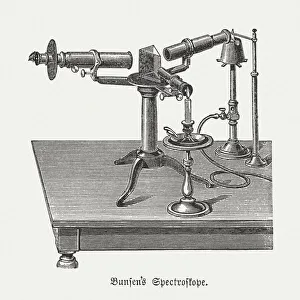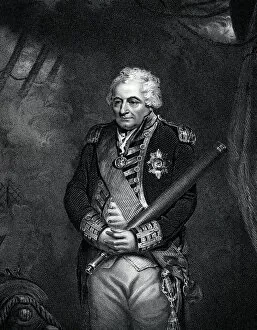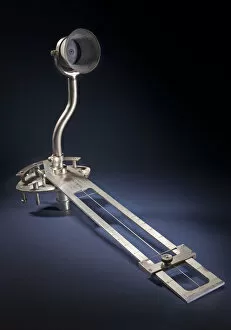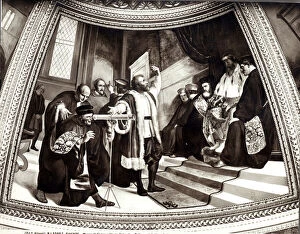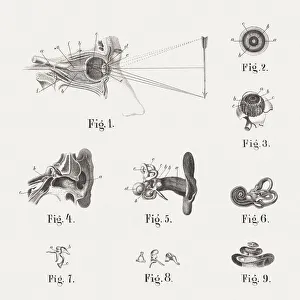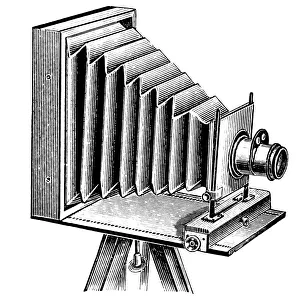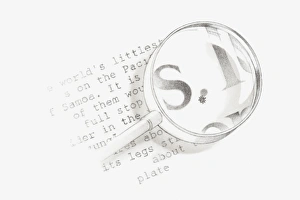Optical Instrument Collection
"Exploring the World of Optics: A Journey Through Time and Invention" Step back in time with a glimpse into the fascinating world of optical instruments
All Professionally Made to Order for Quick Shipping
"Exploring the World of Optics: A Journey Through Time and Invention" Step back in time with a glimpse into the fascinating world of optical instruments. From Bunsen and Kirchhoff's groundbreaking Spectroscope, invented in 1860, to the intricate zograscope for viewing vue d optique scenes from centuries ago, these instruments have shaped our understanding of light and vision. Join Galileo as he presents his revolutionary telescope to the Venetian senate, forever changing our perception of the cosmos. Marvel at Nuremberg eyeglasses and cases from the late 17th and early 18th centuries, showcasing craftsmanship that still captivates today. Discover how pioneers like Pioneer Instrument Company revolutionized navigation with their innovative Drift Meter used by Navy captains. Uncover the secrets behind John Hadley's sextant, an essential tool for sailors navigating uncharted waters. Immerse yourself in Sherlock Holmes' world as you gaze upon a silhouette of a man wearing a deerstalker hat - an iconic image representing deduction and mystery-solving prowess. Witness how spectacles evolved throughout history; various types from the late 18th to early 19th centuries offer glimpses into fashion trends intertwined with practicality. Explore not only sight but also sound as you delve into an anatomy illustration depicting both human eyes and ears published in 1861. Understand how these delicate sensory organs work together harmoniously. Finally, marvel at kaleidoscopes - enchanting devices that create mesmerizing patterns through mirrors reflecting colorful objects inside. Learn about their inner workings and appreciate their artistic allure. These they are more than just tools; they represent humanity's relentless pursuit of knowledge and exploration. They remind us that curiosity knows no bounds when it comes to unraveling nature's mysteries.

